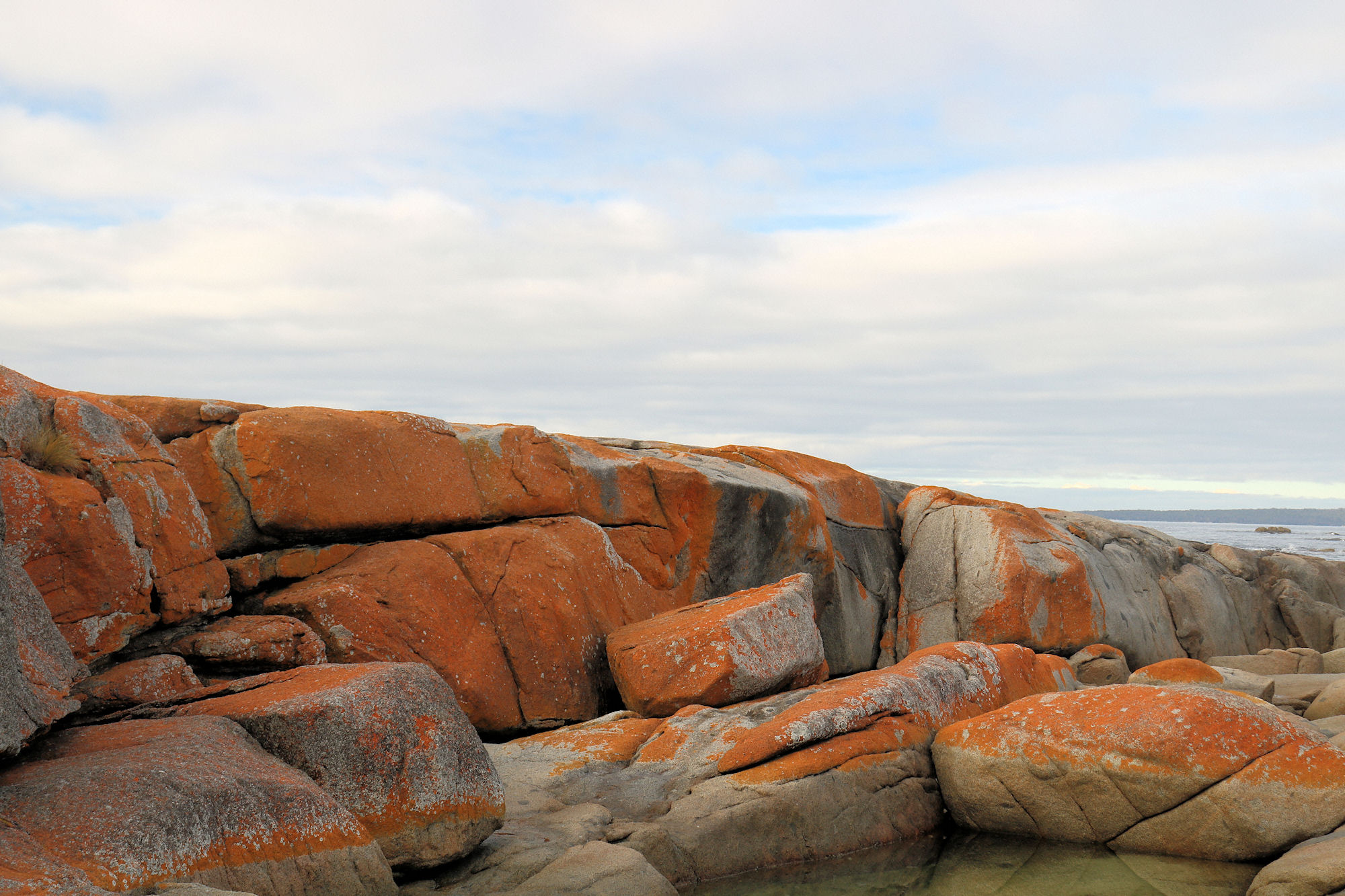Tag: Tasmania
-
The Orange Rocks of the Bay of Fires

Bay of Fires Tasmania Famous for the stunning orange granite rocks that line the shore, The Bay of Fires is not, as we discovered named for this amazing feature. Instead, in 1773 when Captain Tobias Furneaux in Adventure, sailed past, he saw the fires of Aboriginal people on the beaches and gave it its name.… Read more
-
Derby Tin Mining Tunnel Tasmania

Derby Tin Mining Tunnel Originally a tin mining district, Derby is now a haven for mountain bike riders, with an established series of bike trails in the district. A remnant of the mining history has been incorporated into the bike and walking trails, making an excellent addition to the usual Australian bush you usually go… Read more
